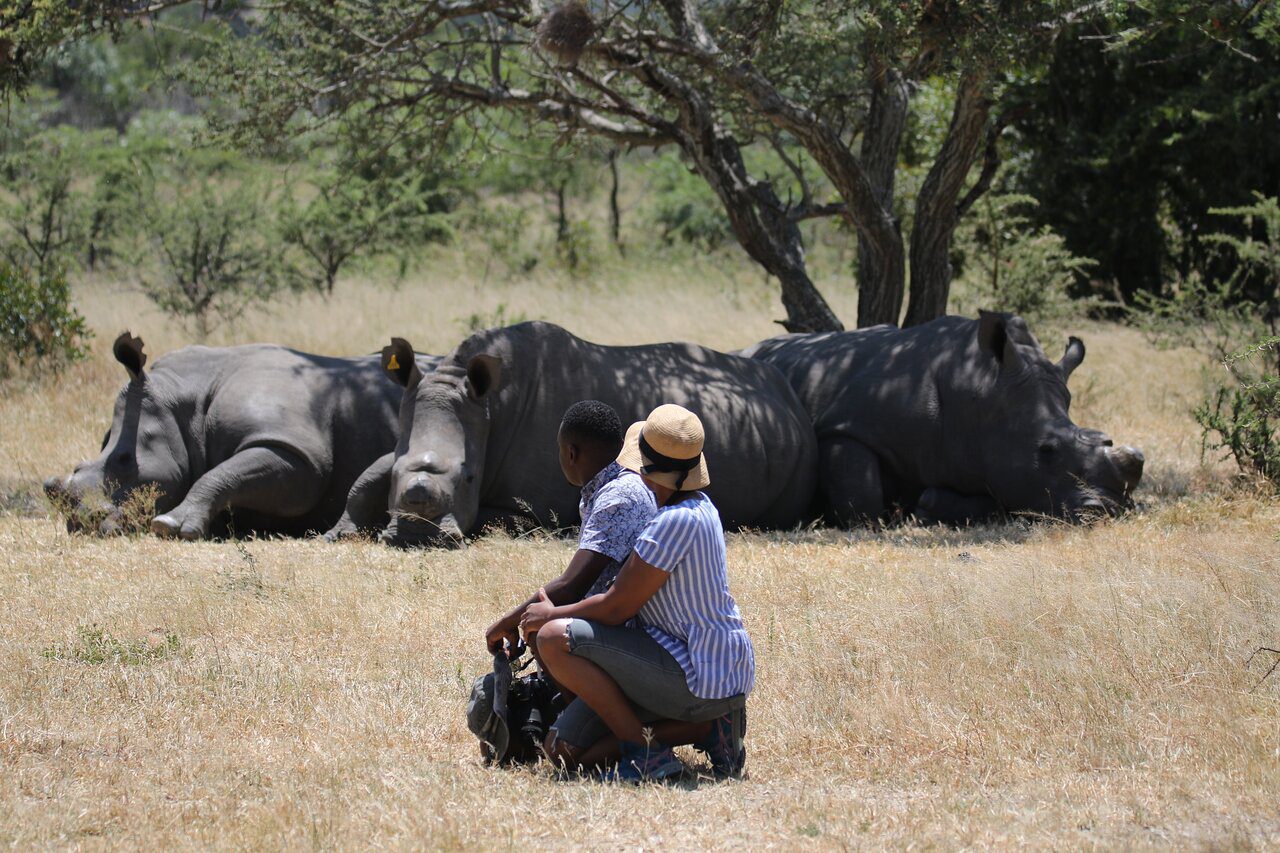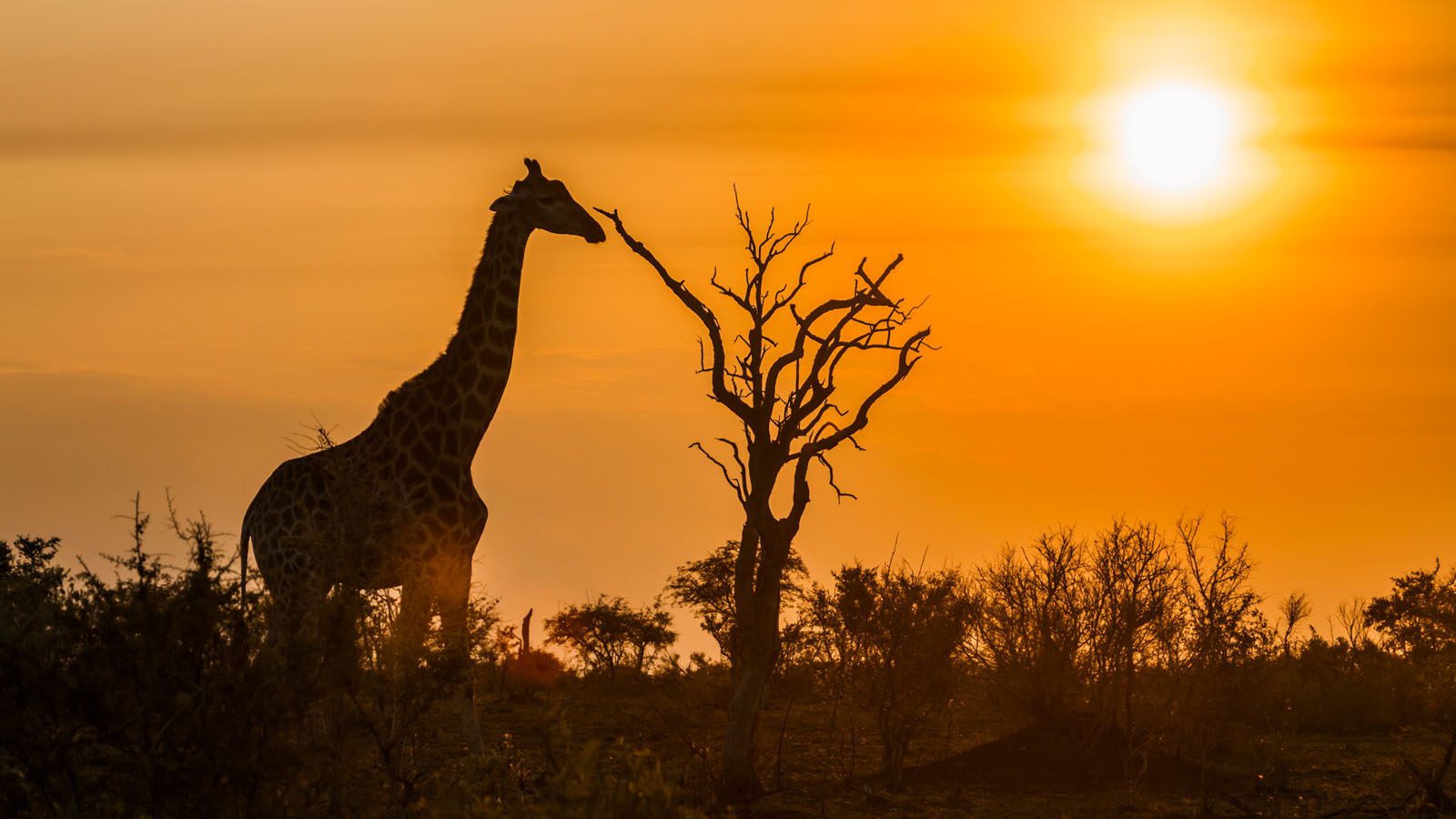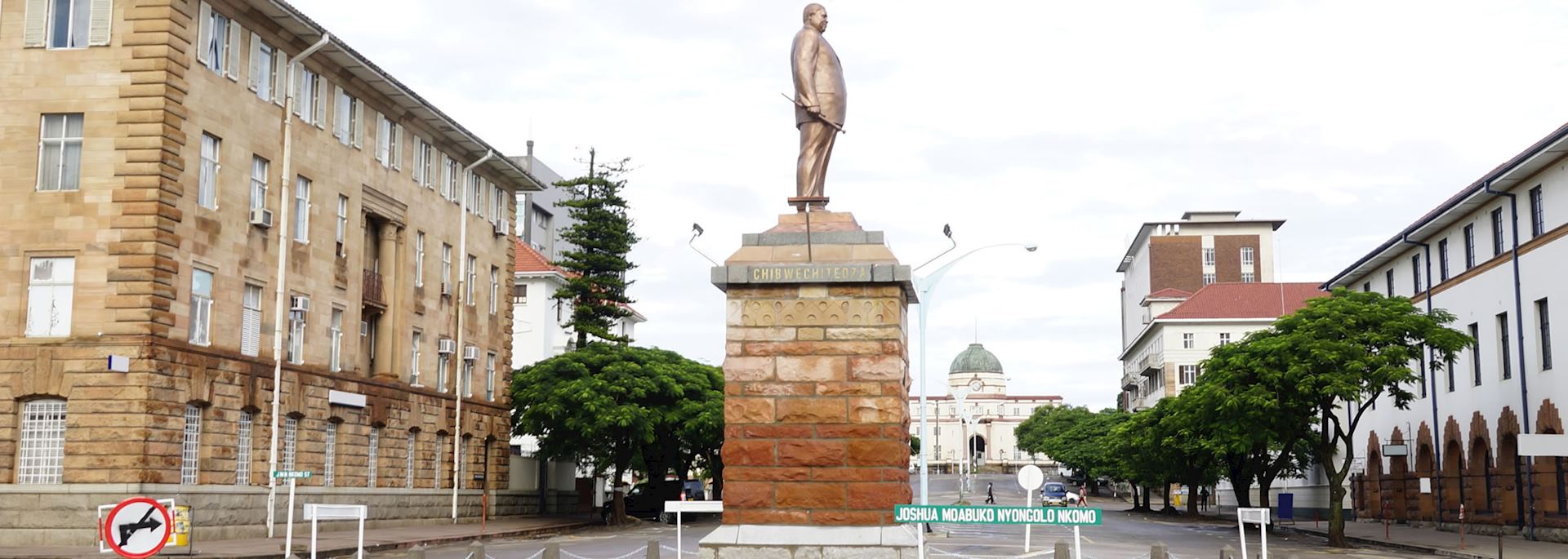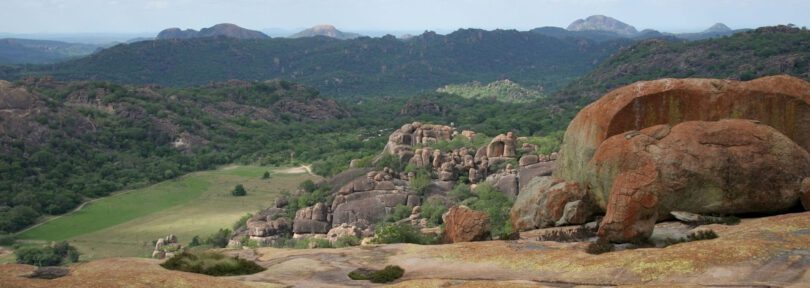Matobo National Park in Zimbabwe is just more than a top tourist destination; it’s a place of cultural history told by natural beauty. Formed a little over two billion years ago south of Zimbabwe’s second-largest city Bulawayo, granite Kopjes, tree-clad valleys, granite domes and a sea of hills dot the park. Moreover, the Lozwi ancestors named this place ‘Matopo’ meaning a bald head as the domed granite tops appear in the park.
Matobo Hills held a lot of religious and cultural significance for the Mwali and Lozwi people who were the indigenous inhabitants of the hills. These hills represented a sacred place where traditional spiritual ceremonies were held. It’s now a daunting Southern African national park two billion years later.
Table of Contents
What Animals are in the Matobo National Park?
Endangered black and white rhinos paint the beauty of wildlife diversity in Matobo National Park. The park is one of the few places in Africa conducting successful white and black rhino breeding. Poaching led to a dramatic decrease of rhinos across the African wild in yesteryear. Rhino horns were in great demand in Asia, where they were used to manufacture traditional medicine, which fueled poaching.

Tourists admire the sight of black rhinos at Matobo Nationa Park in Zimbabwe. The park has a huge population of rhinos which are an endangered species. Photo/Trip Advisor
Further, the park’s rocky outcrop and forested valleys promote the existence of flora and fauna wheeling the entire ecosystem of the park. Other wild animals in this park include:
- Zebras
- Warthogs
- Leopards
- Hyenas
- Baboons
- Monkeys
- Hippos
- Crocodiles
- Eland
- Greater Kudu
- Tsessebe
- Cheetahs
- Sable antelopes
- Elephants
As a UNESCO World Heritage Site, the park’s biodiversity supports a rich bird population. Black eagles, in particular, dominate this ecosystem. African Crowned eagles awe tourists with their impressive hunting abilities and strength. They are the biggest eagle species characterized by a long wing span, speed and strength. Other available bird species completing Matobo’s avifauna ecosystem include:
- Martial Eagle
- Verreaux’s Eagle
- Black-chested Snake Eagle
- Brown Snake Eagle
- African Fish Eagle
- Bateleur
- Lanner Falcon
- African Harrier-hawk
- Gabar Goshawk
- Rock Kestrel
- Mocking Cliff-chat
- Boulder Chat
How Much is the Entrance Fee to Matobo National Park?

A giraffe captured at sunset at Matobo National Park in Zimbabwe. Photo/African Bush Camps
Entry fees to Matobo National Park fall under the local, regional and international categories. Locals pay USD$4, regional visitors USD 12 and international guests USD 15. The granite landform topography is a huge tourist attraction besides the diverse wildlife sightings in the park. Interspersed granite kopjes have withstood weathering for eternity forming a naturally and culturally beautiful ecosystem.
These naturally formed granite rocks provide an exciting rock art collection giving hints at ancient life, and human and natural development.
Is Matobo in Bulawayo?
Matobo isn’t in Bulawayo as it seems. However, it’s close to the city lying 35km to the south. This proximity to the city creates a notion that the Zimbabwean park is within the city. Contrary to this, most tourists who visit the national park tour Bulawayo, a cultural and history hub in Zimbabwe. Railways Museum which is synonymous with Zimbabwe’s pre-colonial era sits still with a magnificent display of old trains and associated memorabilia.

Bulawayo City in Zimbabwe. It’s the second-largest and most popular city after the capital, Harare. Photo/Audley Travel
Bulawayo is home to the Khami Ruins, a UNESCO World Heritage Site taking you back to the intrigues of ancient civilization. Khami Ruins housed the headquarters of the Kingdom of Butua under the Torwa dynasty in the 15th to 17th centuries. The ruins, now an archaeological site doubled up as a southern African trading hub with merchants from Asia and Europe. Gold, porcelain and ivory were the main goods for exchange.
Additionally, walking in Bulawayo has a nostalgic feeling evoked by well-preserved colonial architecture dating back to the 20th century. Local markets preserve the cultural and historical prestige of the city with a string of handcrafts, textiles and authentic Zimbabwean food.
How Do I Get to Matobo National Park?
Road transport is the only way you will get to Matobo National Park from Bulawayo City, located 22 miles south of the city. A drive from the city to the park takes 30 to 40 minutes. You have the option to hire a car and enjoy a self-drive or hire a taxi to shuttle you to the park. Hiring a car is more affordable than using a taxi but the ultimate decision on what option to use is personal.
If you are looking for a more inclusive safari experience, look for a tour operator in Bulawayo. Their service cost covers transport, park fees, game drives, nature walks within the park and other activities.
‘The land of bald heads’ (Matobo) is among the most unique places you will ever visit in Africa. What’s special about this Zimbabwean park is the nature and cultural combination rarely seen or experienced elsewhere.








